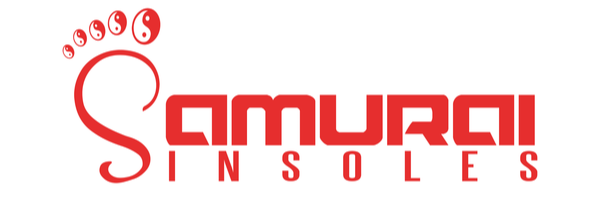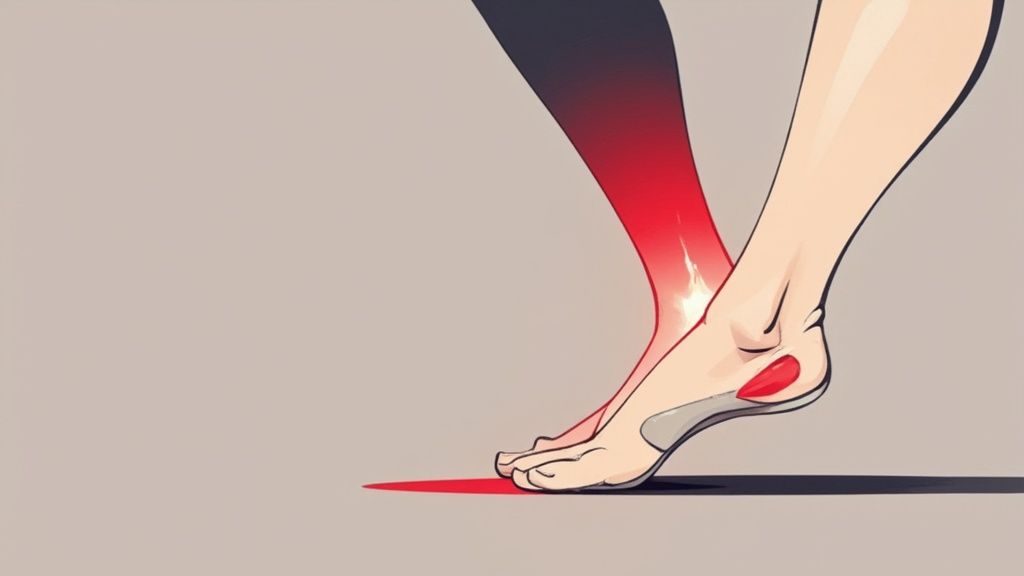
Running is one of the oldest and most common forms of exercise out there. But these days, we run a little differently from our ancestors, and running shoe inserts are a key example.
Regardless of where you stand on the great insole debate, it's a huge industry -- estimated to be worth $3.5 billion by 2020.
What are insoles, and do you need them? Keep reading to find out.
What are Running Shoe Inserts?
First, let's cover the basics. What are running shoe inserts?
Also called running shoe insoles or orthotics, inserts are an extra form of support and cushioning for your running shoe.
When you buy a new pair of running shoes, they come with a sock liner, which is the closest thing to the foot. As such, it needs to provide the right support to help ensure you won't get injured from a bad gait.
The goal here is to help cradle the heel and the arch while you run to help absorb shock. In the process, the insole may also help correct issues in your stride.
The difference between an insert and the sock liner that comes with the shoe is that the insert is designed to address certain issues with your foot which will allow you to run more efficiently.

Who Needs Running Insoles?
Some people say all runners need insoles for running. Others say that running without insoles is the way to go unless you have specific issues with your foot.
In general, the best candidates for insoles meet any of the following criteria:
- Flat feet
- Plantar fasciitis
- Overpronation
- Chronic pain in the feet or lower body
Insoles are most commonly used for overpronation, a type of bad running form wherein your ankle turns too far inward when your foot hits the ground.
Who Doesn't Need Running Insoles?
While everyone could use a little extra support now and then, not everyone needs insoles.
If you're not experiencing any unusually significant pain in your feet, joints, or lower body while running, you don't need to invest in insoles. Similarly, if you don't have any significant problems with your feet or stride or issues that can't be corrected by coaching your form, orthotics are unnecessary.
That said, not everyone uses insoles to treat an injury or issue. Some people like to have orthotics for additional shock absorption, which is a good thing for your joints.
If you're not sure whether orthotics may help you and you don't have any major issues, it comes down to a question of comfort. If you're more comfortable running without inserts, then there's no need to make your life more difficult.
Five Signs You Need Insoles for Running
Now, if you're not suffering from plantar fasciitis, flat feet, or overpronation (or you're not sure if any of those terms apply to you) there are a couple ways to check whether inserts could help you.
1. Foot Pain
The easiest way to tell if you need inserts is foot pain.
To clarify, there's a difference between soreness and pain. It's common for people to feel a bit of discomfort while running -- after all, it's exercise, and your feet absorb a lot of shock while running.
That said, you'd be surprised how many people subject themselves to unnecessary discomfort because they think it's part of running. And it's not just about achy feet the next day -- prolonged exposure to improperly-fitted footwear can cause permanent damage to your feet.
If you're not sure whether you have foot pain or discomfort, have a podiatrist look at your feet.
2. Heel Pain
This is another one that's often overlooked because people think pain is part of running.
Let's be clear: heel pain while running is not normal. It's a sign that something is wrong.
This could be a symptom of one of two things. If you experience a stabbing pain in your heel during your first steps in the morning, you may have plantar fasciitis. On the other hand, your pain could be a symptom of poor form, like heel striking.
If you're not sure whether your heel discomfort demands orthotics, take a look at this post.
3. Worn Out Shoes
Your shoes may be able to tell you more than you think about whether you need inserts.
Take a look at the soles of your shoes. Are the soles more worn out on one side than the other? It may be a sign of pronation or supination (when the heels turn out).
Are your heels worn out? You may be striking with your heel, which could aggravate other issues like plantar fasciitis or shin splints.
Is one shoe more worn out than the other? You may have a leg length discrepancy that's causing problems with your stride.
If your shoes are worn out pretty evenly across the sole, you're in good shape.
4. Swelling or Pain While Standing
Another key point that people often neglect: swelling while standing is not a normal part of being a runner.
Think of it this way. If you're a runner and standing still or walking at a normal pace is causing you discomfort, there's likely something wrong with your stride. Orthotics can help correct it.
5. The Wet Test
Finally, there's the wet test, which can tell you a thing or two about your arches.
It's simple: get your feet wet, step on a piece of newspaper or paper towel, and examine your footprint.
If you have a significant C-curve in the arch, that says you're a supinator. If you don't, you may be overpronating. Little or no arch suggests flat feet.
If you do have flat feet, a good running form isn't just about inserts -- it's about choosing the right shoes. Read this to find out how to pick the right shoes.
Find the Right Insole For You
If you need running shoe inserts, you came to the right place. If you need somewhere to get started, we recommend checking out our Samurai Insoles.




